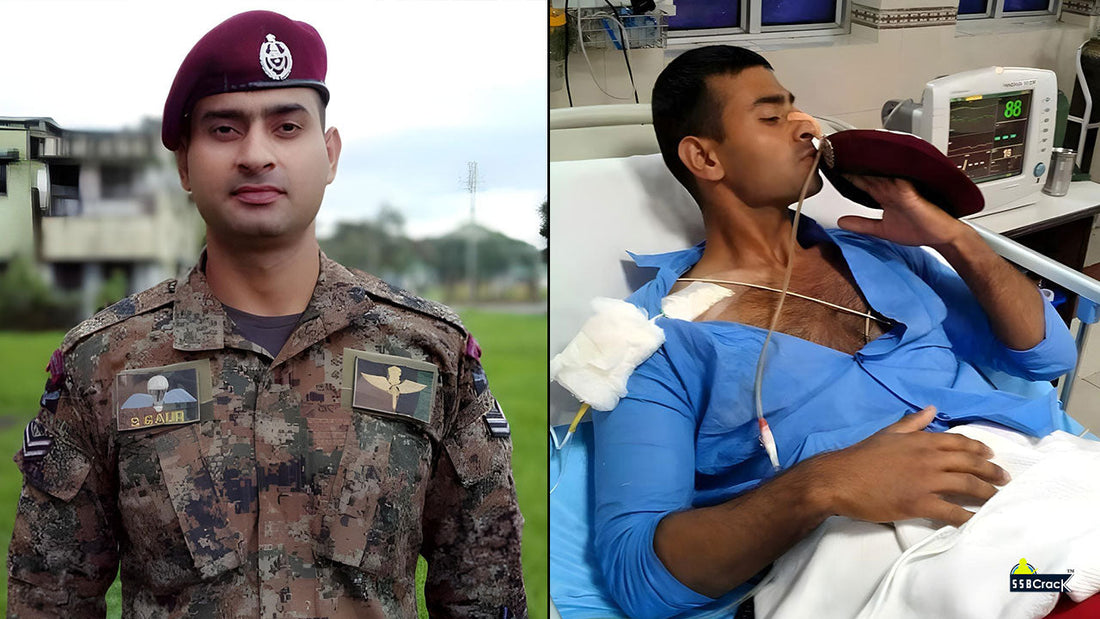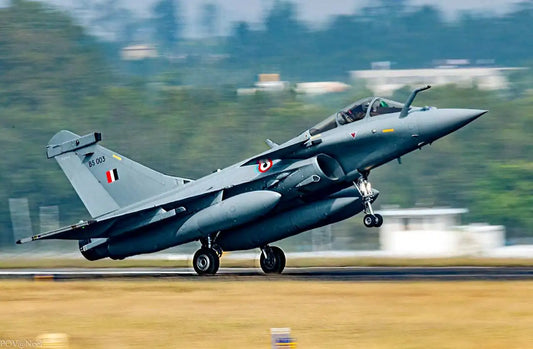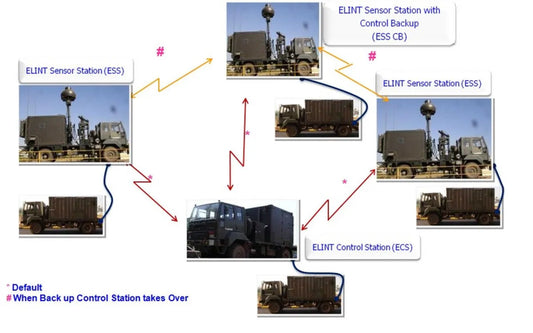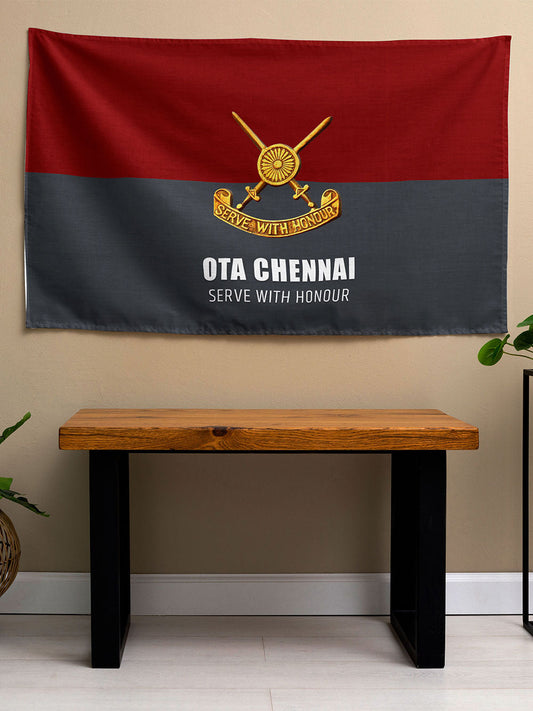Meet Garud Commando Sailesh Gaur: Six Bullets Couldn’t Stop His Fight Against Enemies

In modern Indian military history, few tales resonate with the raw intensity of Garud Commando Sailesh Gaur's stand during the Pathankot Air Base assault. This meticulously documented account draws from eyewitness reports, official briefings, and survivor testimonies to reconstruct not just the event, but the indomitable human spirit that defined it. Emerging from the shadows of a predawn ambush on January 2, 2016, Gaur's actions exemplify the fusion of elite training, unyielding resolve, and the sacred duty to protect a nation's skies. As we delve deeper, this narrative unfolds layer by layer: from the geopolitical undercurrents fueling the attack, through the visceral chaos of combat, to the profound personal and institutional ripples that followed.
The Shadow of Threat: Pathankot in the Crosshairs
The Pathankot incident was no isolated flare-up but a calculated escalation in the long-simmering India-Pakistan proxy conflicts. Jaish-e-Mohammed (JeM), a UN-designated terrorist outfit backed by elements across the border, had long eyed Indian military installations as symbols of strategic humiliation. Pathankot, sprawling across 2,000 acres in Punjab's border belt, was a prime target: home to squadrons of MiG-21s, Su-30 MKIs, and Mi-25 attack helicopters, it represented the Indian Air Force's (IAF) operational backbone in the northwest.

Intelligence chatter had heightened alerts days prior, with intercepts suggesting a fidayeen squad suicide attackers trained for maximum carnage might strike. On the night of January 1-2, a routine surveillance helicopter equipped with thermal imagers swept the perimeter. At approximately 2:15 AM, it captured anomalous heat signatures: four figures (later confirmed as six total militants) slinking through the dense foliage at the rear of the Mechanical Transport (MT) area. This logistics hub, cluttered with fuel depots and vehicle sheds, offered ideal cover for infiltration. The terrorists, armed with AK-47s, M4 carbines, grenades, and IEDs, had breached the outer fence under the guise of army personnel a tactic honed in prior assaults like the 2015 Dinanagar police station siege.
By 3:00 AM, the IAF's elite Garud Force India's equivalent to the U.S. Air Force Special Tactics or Israel's Shaldag sprang into action. Established in 2004 post the Kargil War's lessons on airbase vulnerabilities, the Garuds undergo a brutal 10-week selection and 72-week training regimen, mastering close-quarters battle, counter-terrorism, and VIP protection. Twelve commandos, including Corporal Sailesh Gaur, were airlifted to the site, forming six "buddy pairs" a tactical doctrine emphasizing mutual cover in high-threat environments. Three pairs established a cordon to block enemy egress toward the technical zone (where aircraft were berthed), while the others prepared for offensive sweeps. Little did they know, this would ignite one of the most grueling micro-battles in recent counter-terror annals.

Dawn's Fury: The Firefight Unfolds
The MT area's labyrinthine layout earthmovers, fuel bowsers, and storage huts shrouded in pre-monsoon fog turned the engagement into a deadly game of shadows. The militants, led by figures like Nasiruddin (a JeM handler later neutralized in Pakistan), moved methodically, lobbing grenades to flush out defenders. At 3:30 AM, the first exchange crackled: Garud Commando Gursevak Singh, paired with a buddy, hunkered behind a hulking earthmover. Three rounds from an AK-47 variant slammed into him one grazing his shoulder, another his thigh, the third piercing his side. Blood pooled, but Gursevak's training kicked in; he radioed coordinates and squeezed off bursts from his Tavor assault rifle, pinning two assailants.
Enter Sailesh Gaur: at 24, a wiry Ambala native with just three years in the Garuds, he was the epitome of quiet professionalism. Paired with Commando Katal, Gaur's team flanked left, navigating 50 meters of debris-strewn ground under withering fire. "We saw Gursevak go down but not out," a senior IAF officer later recounted in declassified briefs. Gaur and Katal closed the gap in seconds, unleashing a fusillade from their Israeli-made Galil ACE rifles and a Negev light machine gun. The air thickened with cordite and the metallic tang of spent brass; militants retaliated with RPG-7 rockets that cratered the earth but spared the duo.

Then, calamity: in a hail of 7.62mm rounds, Gaur's midriff erupted in agony. Six bullets fired in rapid succession from close range tore through his lower abdomen, shredding muscle and nicking intestines. Blood cascaded, soaking his camouflage and pooling at his boots. By conservative estimates, he hemorrhaged three liters in the first 10 minutes, enough to fell most men. Yet Gaur did not falter. Clutching his rifle with blood-slicked hands, he hunkered behind a fuel tanker, barking fire-team commands over the din: "Hold the line technical area at all costs!" For the next 45-60 minutes, he and Katal traded lead with the terrorists, their suppressive fire a bulwark against the enemy's push. One militant, grazed in the leg, limped back; another lobbed a grenade that detonated harmlessly 20 meters short.
This wasn't mere survival it was tactical genius under duress. Gaur's position anchored the cordon, forcing the JeM squad to divert eastward into kill zones patrolled by National Security Guard (NSG) Black Cats, who arrived by 4:30 AM. Without his stand, the militants might have torched fuel dumps or mined runways, escalating the four-day siege into a strategic rout. The overall operation, involving 150+ troops, neutralized all six terrorists by January 5, but at a cost: seven security personnel martyred, including four Garuds, and over 20 wounded.
The Aftermath: From ICU Bed to Enduring Legend
Gaur's evacuation was a race against shock: choppered to the Command Hospital in Pathankot, then stabilized at Ambala's military facility. Surgeons marveled "He shouldn't be alive," as per media reports and accounts from senior officers removing fragments and repairing vascular damage in a 12-hour procedure. Transfusions restored his volume, but recovery was a gauntlet: weeks in ICU, physiotherapy for nerve trauma, and psychological debriefs to process the near-death blur.
By mid-February 2016, Gaur was ambulatory, joking with medics about "unfinished business." Discharged by March, he rejoined light duties, his maroon beret a Garud hallmark clutched like a talisman in viral photos. Official honors followed: a mention in the President's Distinguished Service Award dispatches, though Garuds shun publicity. Peers describe him as "the quiet storm," his Ambala family crediting village grit for his steel.
Broader ripples reshaped IAF protocols. Pathankot exposed perimeter lapses fence breaches via bolt-cutters and spurred investments: drone patrols, AI-driven sensors, and Garud expansion to 1,500 personnel. Yet, Gaur's tale transcends tactics; it's a parable of the "last man standing." In 2024 Instagram tributes, he's shown kissing his beret, captioned "Honour > Death." As of 2025, with JeM remnants active, his 2016 defiance echoes in training halls, reminding recruits: bravery isn't the absence of fear, but action amid its roar.
This saga, pieced from declassified logs, commando memoirs, and media embeds, affirms Gaur's place among India's pantheon beside icons like Abdul Hamid or Yogendra Yadav. In an era of asymmetric wars, where one soldier's grit can tip scales, Sailesh Gaur proves: six bullets may wound the body, but they cannot break the warrior's fight.




















1 comment
Salute to your service which makes us to sleep safely at our home.